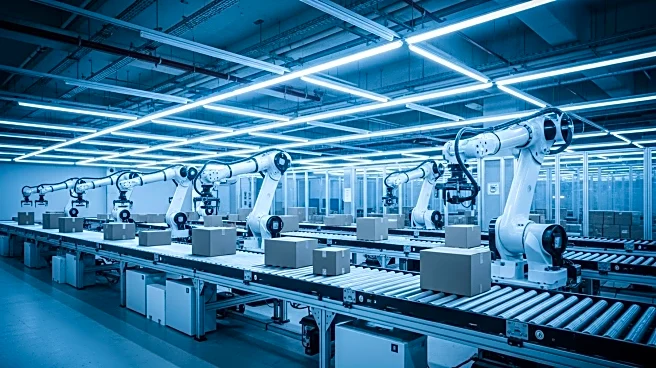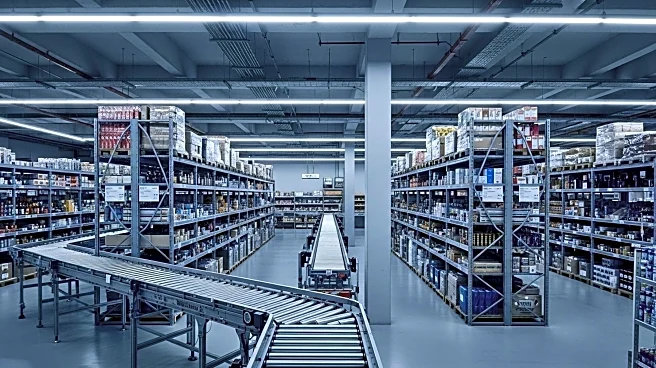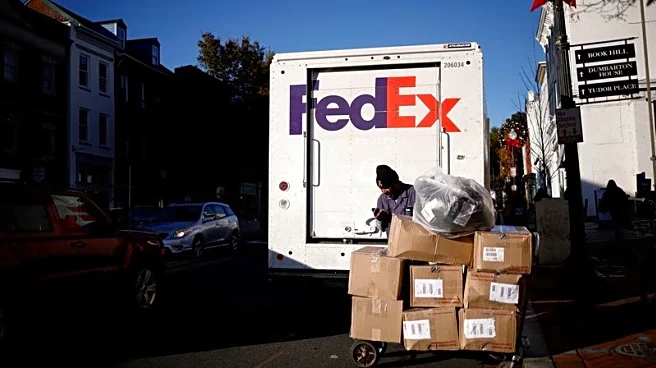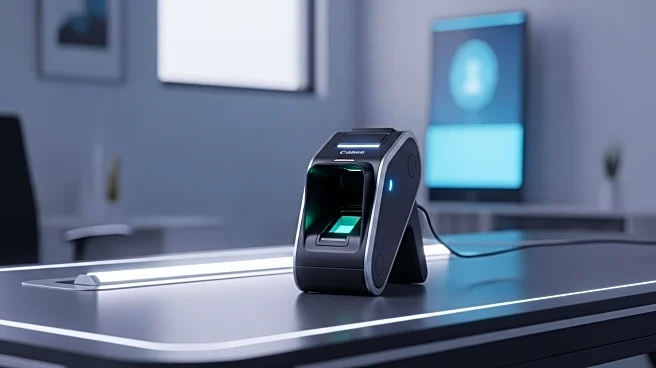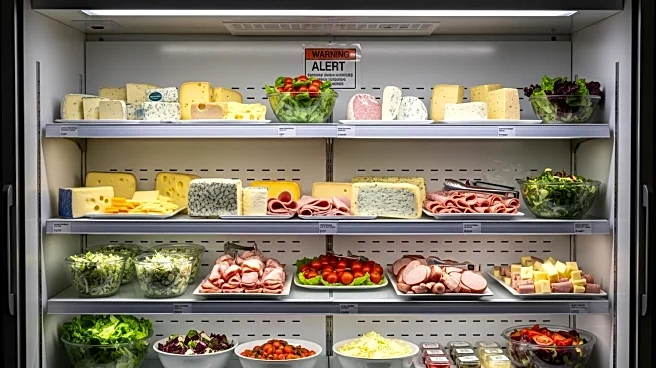What's Happening?
Dark stores, also known as dark shops, are physical retail locations dedicated to fulfilling online orders without in-store shopping. This model has been adopted by major retailers like Whole Foods Market and Walmart. Dark stores are strategically located or converted from existing retail spaces to serve as non-customer-facing fulfillment hubs. They operate by receiving, picking, packing, and delivering orders, often offering curbside pickup, in-store pickup, or home delivery. The global dark store market is projected to exceed $129 billion by 2030, driven by the increasing demand for online shopping and efficient local delivery.
Why It's Important?
The rise of dark stores reflects a significant shift in retail strategy, emphasizing the importance of online sales and efficient order fulfillment. This model allows retailers to optimize inventory management and expand product offerings without the constraints of traditional retail spaces. For consumers, dark stores offer convenience through faster delivery and flexible pickup options. However, the model also presents challenges, such as high upfront investment and complex logistics. As more retailers adopt this approach, it could reshape the retail landscape, influencing consumer behavior and urban development.
Beyond the Headlines
The dark store model raises questions about the future of traditional retail and its impact on employment. While it offers efficiency and convenience, it may reduce the need for in-store staff, potentially affecting jobs in the retail sector. Additionally, the focus on local delivery could lead to increased traffic and environmental concerns. Retailers will need to balance these factors while leveraging technology to enhance customer experience and operational efficiency.



